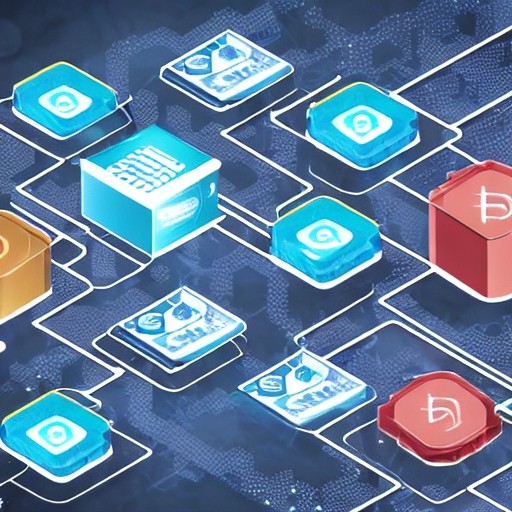
How does blockchain differ from a traditional database?
Centralization vs. Decentralization:
- Traditional Database: Centralized. Controlled by a single entity (administrator) who manages access, permissions, and data integrity.
- Blockchain: Decentralized. Distributed across a network of computers (nodes) with no central authority. All nodes have a copy of the ledger, promoting trust and reducing reliance on a single entity.
Immutability vs. Mutability:
- Traditional Database: Mutable. Data can be modified, updated, or deleted by authorized users.
- Blockchain: Immutable. Once data is added to a block and validated, it cannot be altered or deleted. This ensures a tamper-proof record of transactions.
Transparency vs. Controlled Access:
- Traditional Database: Controlled access. Only authorized users can access and modify data. The contents of the database might be opaque to outsiders.
- Blockchain: Transparent. All participants in the network can access a copy of the blockchain ledger. Transactions are publicly viewable, although user identities might be pseudonymous.
Data Storage:
- Traditional Database: Data is stored centrally on a server controlled by the administrator.
- Blockchain: Data is distributed across the network of nodes. Each node has a copy of the entire ledger, ensuring redundancy and fault tolerance.
Additional Considerations:
- Scalability: Traditional databases generally scale better for large datasets due to their centralized architecture. Blockchain scalability is an ongoing area of research.
- Speed: Traditional databases can offer faster processing for read and write operations compared to blockchain.
In essence, blockchain prioritizes security, transparency, and immutability of data, while traditional databases prioritize efficiency, scalability, and controlled access. The choice between them depends on the specific needs of the application.

